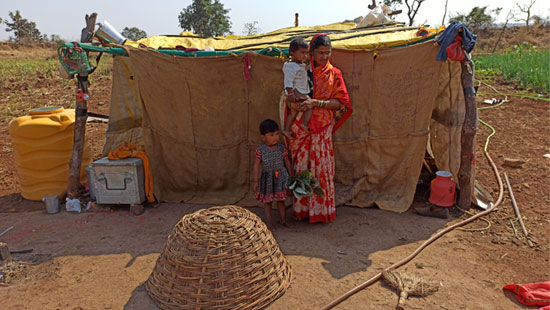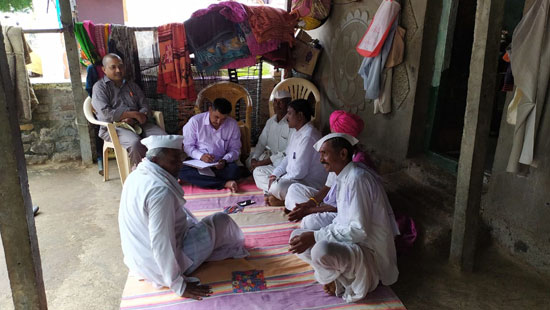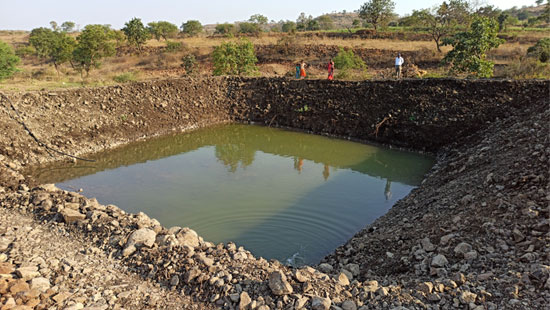Water Management
Striving towards
a brighter tomorrow

Scanty rainfall and rocky terrain are probably the worst combination for agriculture. This is what the farmers of district Beed, in the Marathwada region of Maharashtra face year after year. Beed district receives only around 700 mm annual rainfall. Further, Marathwada is a landlocked region, heavily dependent on rainwater with depleted underground water resources. Water sources do not get refilled, forcing most of the communities to migrate to the sugarcane farms in western Maharashtra and Karnataka to eke out a living.
This migration comes with its own set of challenges. Poor wages, unregulated hours, little or no access to healthcare, school dropout etc. Further, the elderly left back home in miserable conditions, lack social security, too. This cycle of poverty and destitution, continues for generations and creates a situation that they can’t get out of.

| Geography | Annual Average Rainfall (in mm) |
|---|---|
| Beed District | 711.15 |
| Maharashtra State | 1464.66 |
| India | 1194.5 |
As marked in the report of the Need Assessment of the project villages, the rainfall pattern year after year has been more erratic. Agriculture and labour work is the only source of livelihood in Beed district however low productivity and lack of irrigation has resulted in poverty and migration in search of livelihood.
An estimated 6 to 7 Lakh people including women, migrate from Marathwada region to other parts of Maharashtra and Karnataka. The families in the project area, half of them are Nomadic Tribes, face the perennial drought situation and these small farmers and labourers have to rely on sugar-cane cutting to make a living.
Voltas: Rising to the Challenge.

The objective was to work with the community :
- Integrating the principles of water management and sustainable agriculture
- Educating the farmers about water conservation
Voltas, in partnership with the NGO AFPRO, conducted a baseline study and zeroed in on the six worst effected villages. The villages were chosen owing to their hilly terrain, high potential for resource management with respect to both soil and water, and their potential to benefit from this people’s participation.
The program, initiated August 2019, conducted various socio-economic surveys such as
- Water resource mapping
- A hydro-geological study
- Audit of villages’ wells
Artificial water sources have been created for recharge along with the construction of 22 farm ponds. What makes this project extremely gratifying is that the Voltas team is getting wholehearted support from the villagers as they believe in the outcome of this initiative! This is owing to the regular discussions and farmer-training programs backed by a strong scientific approach emphasized by Voltas.
What's interesting to note is the strong support that the team is receiving from the women in those areas. Complimenting this is the dynamic group of community women that Voltas is working with to strengthen their self-help groups (SHGs) and implement sustainable livelihood options.
An Optimistic Outcome.
Through a sustained intervention we are confident that the water bodies will be revived, thus providing constant water supply throughout the year. The ripple effect of this three-year program should witness a reduction in migration. With this initiative, Voltas hopes to transform the socio-economic status of this community for the better!
Source of information
(https://www.indiawaterportal.org/IMD district wise monthly rainfall data from 2004 to 2010)
https://data.gov.in/ Open Government Data (OGD) Platform India - All_India_Area_Weighted_ Monthly_ Seasonal_And_ Annual_Rainfall (data from year 2002 – 2011)
https://data.gov.in/ Open Government Data (OGD) Platform India - meteorological-sub-division-wise-annual-rainfall (data from 2002 – 2011)

